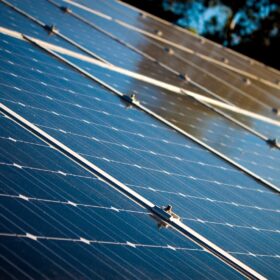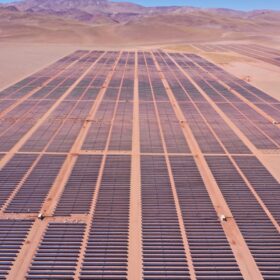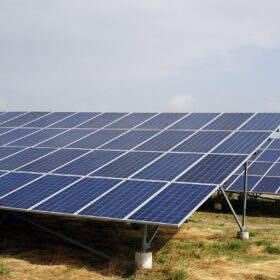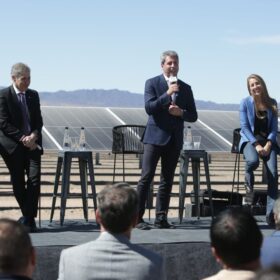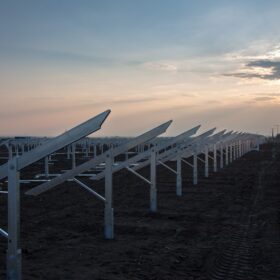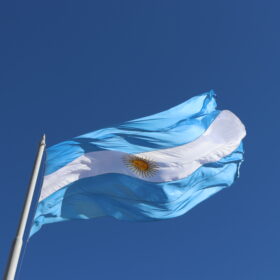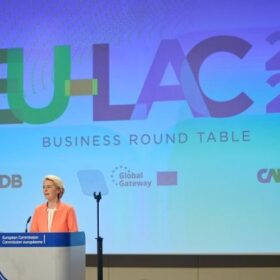PV installation triggers border dispute between Chile and Argentina
Chilean President Gabriel Boric complained that the solar array installed on a military base in Argentine Patagonia were located three meters inside Chilean territory. “They must remove those solar panels as soon as possible or we are going to do it,” he warned. The Argentine government recognized the error.
Argentina’s Genneia to build 273 MW of solar
Genneia has announced a joint investment of $250 million with the provincial government of Mendoza to develop 273 MW of solar projects in the departments of Malargüe and Luján de Cuyo, Argentina.
Stellantis acquires 49.5% stake in Argentine solar company
Car manufacturer Stellantis has agreed to invest $100 million in a 49.5% stake in Argentina’s 360 Energy Solar. The two parties plan to develop new solar plants, install large-scale storage systems, and produce hydrogen energy.
PV and prices, the (not so fast) uptake of solar in Argentina and Chile
The Atacama Desert in Argentina and Chile is the sunniest region on earth. Despite the excellent solar radiation resource availability and plenty of room on rooftops and on the ground, solar PV is not as widespread in either country as would have been expected based on the initial deployment of large-scale PV power plants in both countries some ten years ago.
Argentina hits 1.36 GW of PV capacity
New figures from Cammesa, the state-owned company that manages Argentina’s wholesale electricity market, show that solar accounted for 3.1% of total national generating capacity at the end of December 2023.
Argentinian provinces unite to build 2.5 GW of solar
The governors of 10 Argentinian provinces have agreed to work with the national government on a 2.5 GW solar project that could require an investment of up to $2.5 billion.
Argentinian lithium miner sourcing electricity from 100 MW solar farm
Minera Exar has started to extract lithium from the Salar Cauchari-Olaroz mine in Argentina, with part of its energy supply coming from the 100 MW Zonda solar farm, which is owned by oil producer YPF Luz.
New methodology to avoid mispricing the value of PV projects
A new process is described as a tool to assess the value of deferring, relocating, or abandoning PV projects under development in uncertain market conditions. It reportedly allows accommodating different sources of uncertainties with different stochastic features, as well as accounting for the various managerial flexibilities embedded in most solar projects.
Argentina allocates 501 MW of PV in renewables auction
The authorities in Argentina have allocated 633.7 MW of renewables capacity in the nation’s latest procurement exercise. The assigned PV capacity comes from 44 planned solar farms.
The Hydrogen Stream: EU, Argentina, Chile, Uruguay to partner on hydrogen
The European Commission and the European Investment Bank have agreed to collaborate with Argentina, Chile and Uruguay on hydrogen, while Masdar, Mitsubishi and Inpex have said that they will use green hydrogen to produce e-methane and polypropylene.


